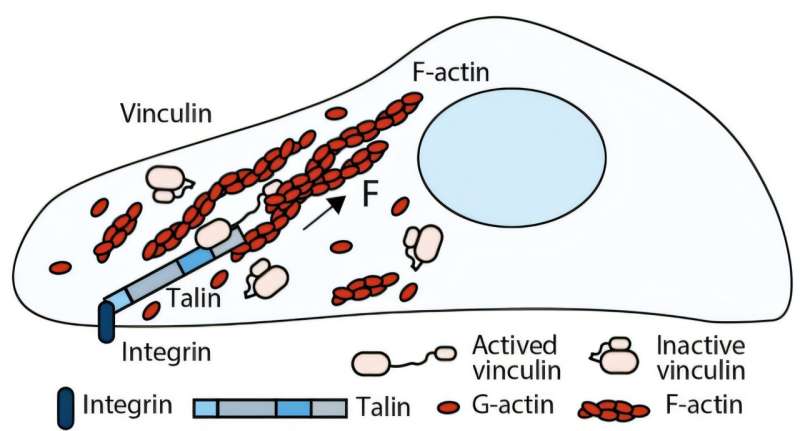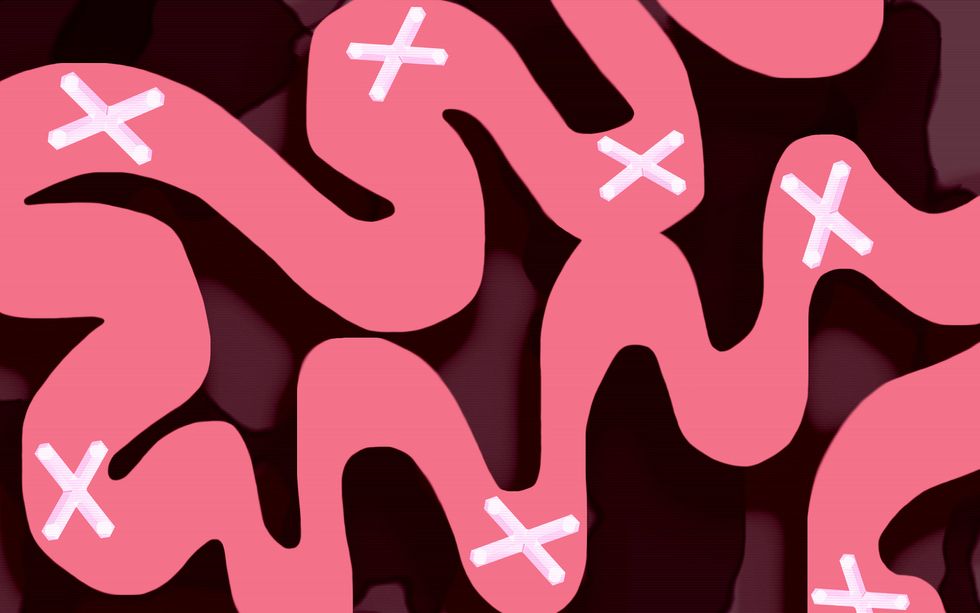A team of researchers at the University of Liverpool, in collaboration with the Mechanobiology Institute at the National University of Singapore, has revealed a groundbreaking discovery regarding the protein vinculin. Their study, published on November 3, 2025, in the journal Science Advances, shows that vinculin is not merely a structural component within cells but plays an active role in mechanical signaling and cellular memory.
Traditionally, vinculin has been viewed as a passive adapter, primarily serving as a structural link between adhesion complexes and the cytoskeleton. However, the latest findings indicate that vinculin harbors six force-dependent binary switches that function similarly to mechanical memory. Using advanced single-molecule magnetic tweezers, the research team was able to apply tension to individual vinculin molecules, thus characterizing each of these switches. This innovative approach signifies a paradigm shift within the field of mechanobiology, enhancing the understanding of how cells interpret and respond to physical forces.
Professor Ben Goult from the University of Liverpool stated, “Our discovery that vinculin is mechanically active opens up a new area of research. These switches suggest that vinculin is not just a structural component, but a dynamic participant in cellular decision-making. It’s a fundamental change in how we view this protein.”
The implications of this research extend into critical health areas. Mutations in vinculin are known to contribute to conditions such as dilated cardiomyopathy and heart failure. By re-evaluating these mutations in light of vinculin’s mechanical switches, researchers hope to gain insights into disease mechanisms and identify potential therapeutic targets.
The study also sets the stage for further exploration of vinculin’s role in the nervous system. Vinculin, alongside talin, forms a meshwork known as the MeshCODE, which may play a part in how neurons process and store mechanical and chemical information. Collaborative efforts are underway with the Liverpool Interdisciplinary Neuroscience Center (LINC) and the University of Helsinki to investigate vinculin’s functions related to synaptic activity.
While the current findings are based on in vitro experiments, the research team is actively studying vinculin in living cells and engineered heart tissues. They are collaborating with the University of Liverpool’s Center for Proteome Research to examine vinculin’s interactions and post-translational modifications during cell migration.
Professor Goult emphasized the significance of this research, remarking, “This is an exciting time for mechanobiology. We’re beginning to see how mechanical forces shape cellular behavior in ways we hadn’t imagined. Vinculin’s switches may be the key to unlocking how cells remember and respond to their physical environment.”
For more information, the study can be accessed at: Xuyao Liu et al, “The mechanical response of vinculin,” Science Advances (2025). DOI: 10.1126/sciadv.ady6949. This research represents a pivotal moment in understanding the complexity of cellular mechanisms, potentially paving the way for new therapeutic strategies in various diseases.







